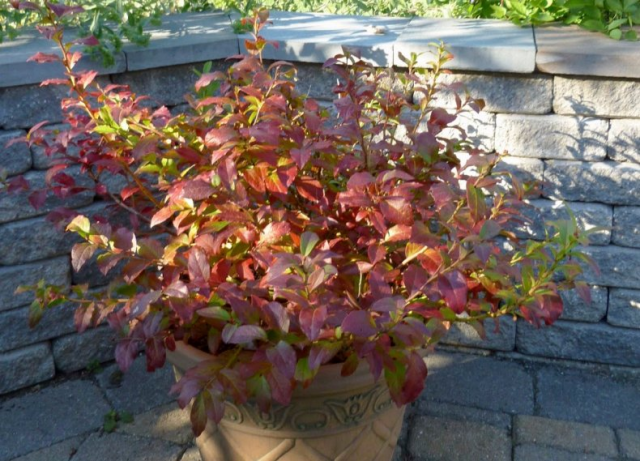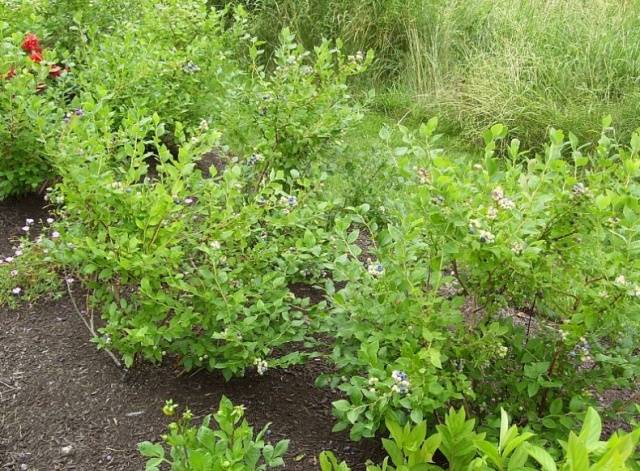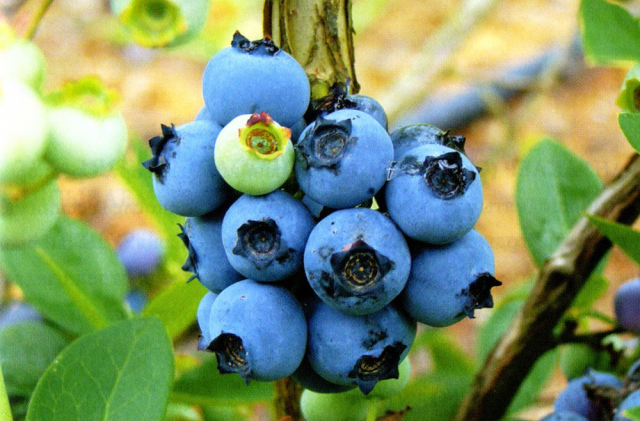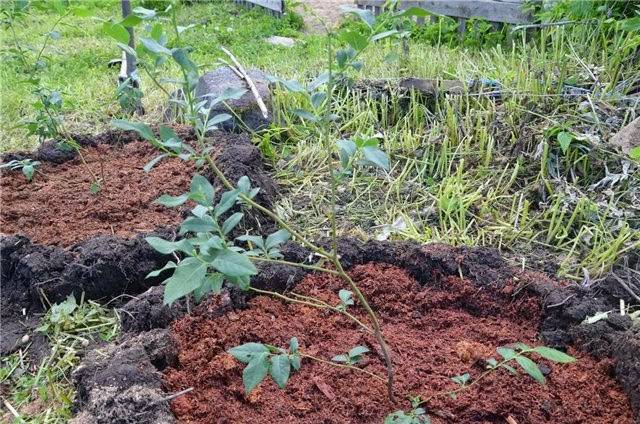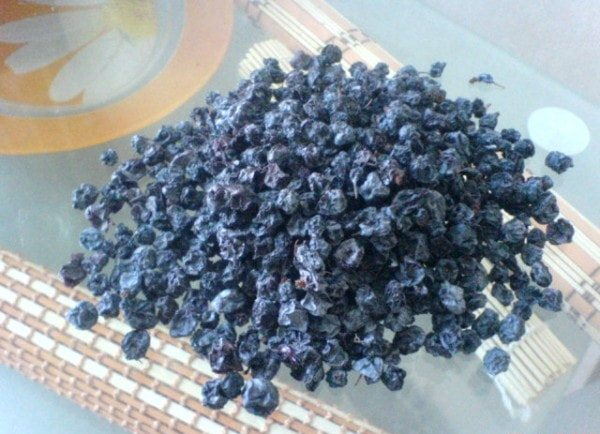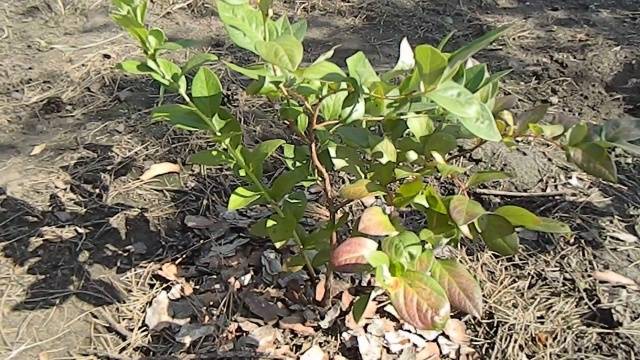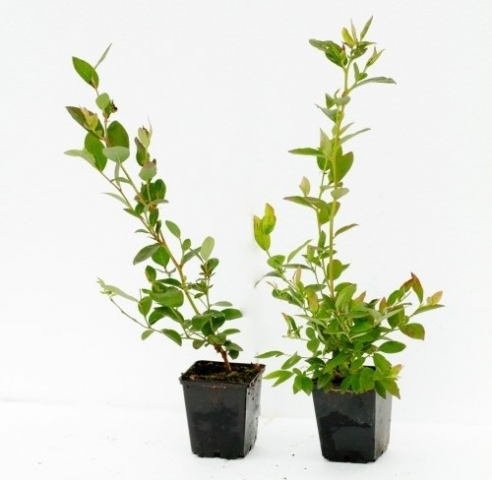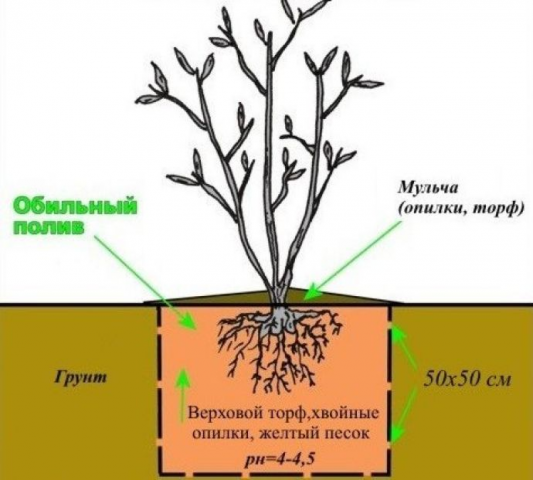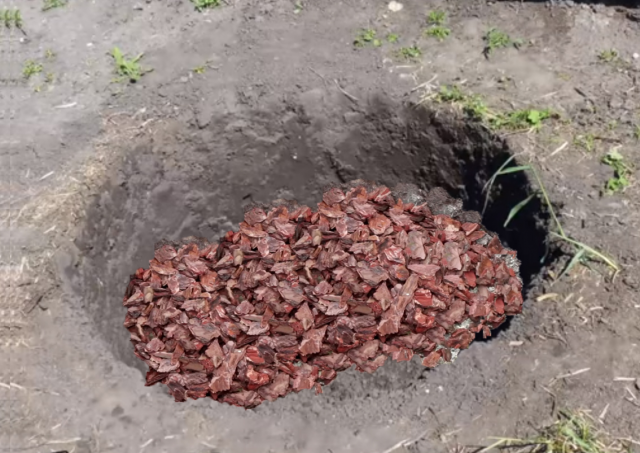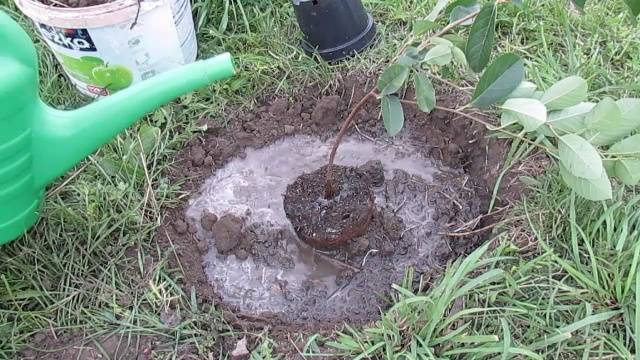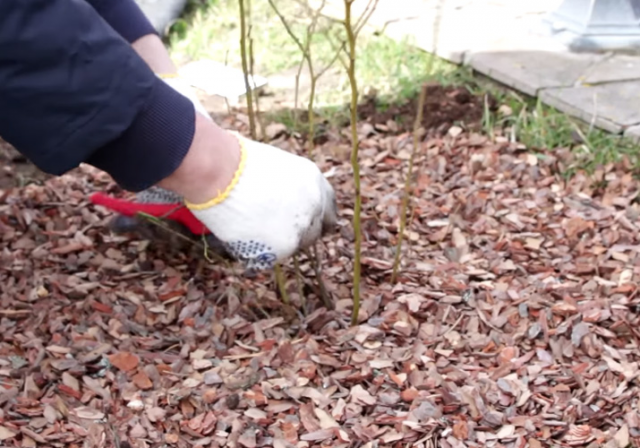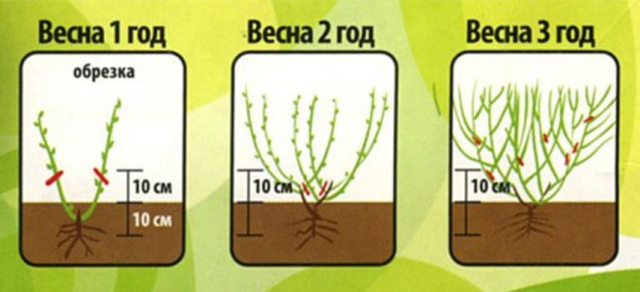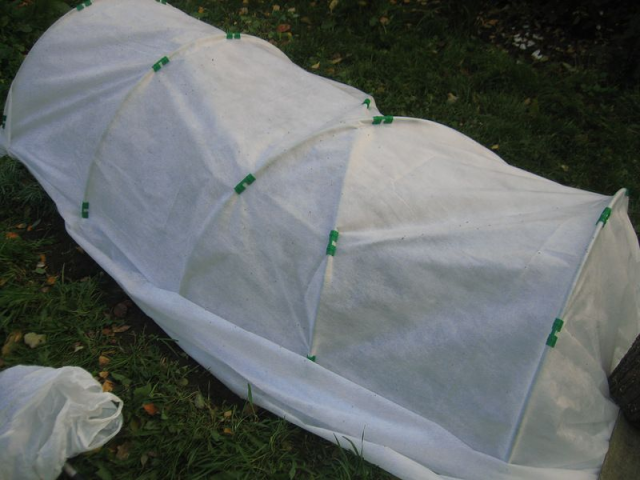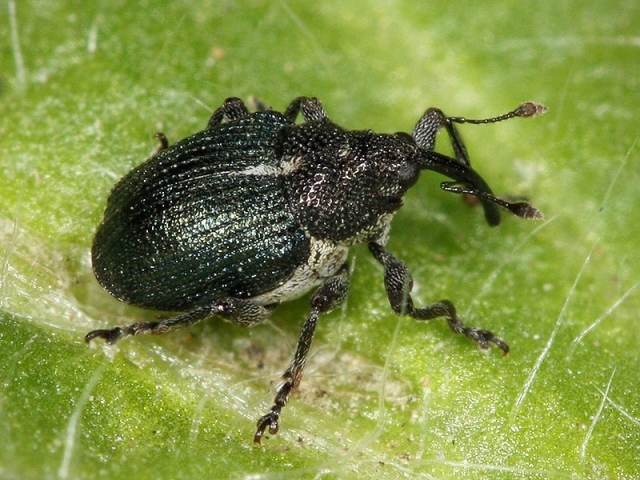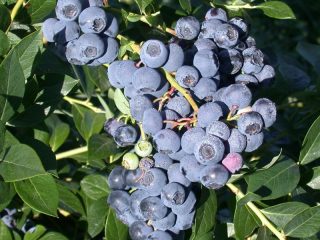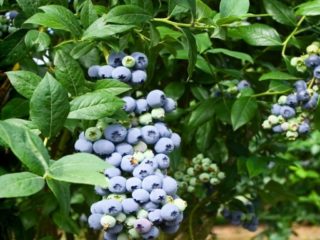Content
Northland blueberries are cultivated varieties that are grown in large quantities in Canada and the United States. However, provided good conditions and simple, but correct care are provided, it will grow excellently on our plantation or garden plot, delighting for a long time with a generous harvest of delicious vitamin berries.
Breeding history
The name of the blueberry variety Northland ("Northland") in translation from English means "Northern land". It was obtained at the University of Michigan (USA) as part of a program to develop the most frost-resistant varieties of this crop for growing on an industrial scale.
The work on it was carried out by S. Johnston and J. Moulton since 1948. Scientists managed to cross the tall Berkeley blueberry with 19-N (a hybrid of a low-growing blueberry and a seedling of the Pioneer variety).
Northland was the result of their labors in 1952. This blueberry variety was officially introduced into cultivation in 1967.
Description of berry culture
Northland blueberries are valued not only for their hardiness, high yields and excellent berry taste. Due to its decorative appearance, the plant of this variety looks very impressive on the site in spring, autumn and summer, which gives the landscape designer a luxurious excuse to show imagination.
General understanding of the variety
The Northland blueberry variety is undersized. On average, the height of the bush is about 1–1.2 m, but at the same time it is powerful and spreading. As a rule, it produces a lot of growth, often very dense.
The root system of plants of this variety, like that of blueberries as a whole, is superficial and fibrous. The absence of root hairs is characteristic.
Northland blueberry shoots are smooth, straight. They remain green throughout the year. The branches of an adult plant of this variety are flexible and can withstand large masses of snow.
Northland blueberry leaves are oblong, smooth, with a slightly glossy surface. In summer, their color is bright green, in autumn they acquire a fiery red color. The length of the leaf blade is about 3 cm.
The inflorescences of this blueberry variety are small, five-toothed, bell-shaped. They are painted in a pale pink color.
Berries
Northland blueberries are round, dense, medium in size (up to 1.6 cm). Their skin is not rough, light blue, with a slight bluish bloom. The scar on its surface is dry, medium or small.
The taste of Northland blueberries is sweet, pleasant, with a delicate aroma, very reminiscent of a wild "relative". The variety has been given a high tasting score - 4.0 (on a five-point scale).
Characteristic
Northland blueberries have a number of strengths that set them apart from other garden varieties of this crop.
Main advantages
Frost resistance of this variety is one of its main advantages.According to American sources, Northland blueberries calmly withstand temperature drops in winter to -35 degrees. Its flowers are able to withstand light frost. Bred for the northern United States and Canada, this variety is excellent for cultivation in cold regions with harsh climates.
Caring for Northland blueberries will not seem difficult even for a novice gardener. The main features that should be taken into account are the maintenance of the necessary moisture and acidity of the soil, as well as the correct feeding of the plants of this variety.
Unfortunately, Norland blueberries are not drought tolerant. She feels the lack of moisture very sharply, so it is extremely important to observe the correct watering regime.
Northland blueberries are highly recommended for industrial processing. Its berries are well stored and transported. This blueberry variety has worked well on plantations where manual harvesting is practiced; however, it can also be harvested mechanically.
Flowering period and ripening time
Northland blueberry blooms in late spring, abundantly and for a rather long time (about 3 weeks).
In terms of ripening of fruits, the variety belongs to the mid-early: the berries begin to sing from mid-July. This process takes place gradually and usually stretches until the beginning of August.
Yield indicators, fruiting dates
Northland blueberries are able to bear fruit already in the second year of life.
This variety is famous for its regular, very high yield. On average, 4–5 kg of berries can be picked from a bush, while the maximum amount is 8 kg.
Scope of berries
The purpose of Northland blueberries is universal. Its fruits are very tasty fresh, from which various preparations are excellently obtained (jams, confitures, preserves, compotes) and sweet desserts (jelly, marshmallow). In addition, the berries are perfectly stored dry and frozen.
Disease and pest resistance
The Northland blueberry variety is distinguished by good resistance to pests and a number of diseases, in particular, to the berry mummification virus. However, this crop can still suffer from gray rot, stem cancer, physalosporosis and moniliosis.
Most often, Northland blueberries are harmed by aphids, kidney mites and flower beetles.
In addition, birds love to feast on the aromatic sweet berries of this variety. To combat them, it is advised to attach strips of polymer film to the twigs of blueberry bushes, which repels birds with shine and rustling in the wind, or multi-colored ribbons made of fabric.
Advantages and disadvantages of the variety
It is obvious that some of the disadvantages that the Northland blueberry variety is endowed with pale against the general background of its inherent advantages:
| Benefits | disadvantages |
| High winter hardiness and resistance to low temperatures | Weak drought tolerance |
| Early ripening of fruits | Hypersensitivity to wind and drafts |
| Low bush | It is often necessary to destroy the entire bush in case of illness. |
| Sweet, delicious berries | High demands on soil acidity |
| High and stable yields | Slow breeding rates |
| Undemanding care | |
| Good resistance to pests and diseases | |
| Decorative appearance |
Landing rules
In order for the blueberries to take root and feel good on the site, it is necessary to plant them correctly.
Recommended timing
Planting Northland blueberries in the ground is possible in early spring and early autumn.But experienced gardeners still recommend the first option: then, by the onset of cold weather, the bush will have time to get used to the new conditions and will get stronger.
Choosing the right place
The area in the garden where it is planned to place Northland blueberries should be open and generously illuminated by the sun: this variety practically does not bear fruit in the shade. In this case, the place must be reliably protected from drafts.
Do not plant the Northland blueberry bush near fruit trees. The berries will be sour, as they will not be able to pick up the proper amount of sugar.
Soil preparation
Northland blueberries are very sensitive to soil. Optimal for it will be a light, humus-rich substrate - moist, but well-drained.
An ideal option that combines all of the above qualities is peat (high moor or transitional), as well as mixtures based on it.
Selection and preparation of seedlings
Buy high-quality blueberry seedlings, including Northland, preferably in proven places: special nurseries or at exhibition grounds. Best of all, biennial young plants with a closed root system and shoot lengths from 35 to 50 cm take root.
Before planting in the ground, a container with a seedling of this variety is advised to be placed in a container of water for half an hour. This procedure will help to gently spread the roots.
Algorithm and scheme of landing
Northland blueberries are planted in this way:
- dig a landing hole about 0.5 m deep and 50-60 cm long and wide;
- a layer of drainage (gravel or sand) is laid on the bottom;
- fill the hole with a mixture of peat, soil, coniferous litter and humus;
- the seedling is carefully lowered, straightening its root system, sprinkled with the finished soil mixture;
- mulch the soil with peat, sawdust, tree bark or pine nut shells (with a layer of 5–10 cm);
- water the plant with water - possibly with the addition of citric acid (40 g per 10 l).
Northland blueberry planting holes should be placed at a distance of 1.5 m. The distance between rows of bushes of this variety should be 2–2.5 m.
How to properly plant blueberries in the ground and take care of them, you can learn from the video:
Follow-up care of the culture
The Northland blueberry variety is unpretentious in terms of care. However, there are certain nuances that should be taken into account so that the plant does not hurt and gives stable yields.
Necessary activities
It is advised to water Northland blueberries regularly (about 1 time per week, more often during the fruiting period - 1 time per 4-5 days). Approximate rate: 1 bucket of water per adult plant. It should be divided into 2 doses - morning and evening.
Top dressing of Northland blueberries should be carried out with mineral (nitrogen-containing) or complex fertilizers in three stages:
- at the beginning of sap flow (half of the annual rate);
- another quarter is brought in at the time of flowering;
- the remainder is added at the time of the ovary harvest.
The necessary procedures for the care of Northland blueberries include loosening the soil. It is performed several times during the season. It should be borne in mind that the roots of the plant are located close to the surface - accordingly, the soil should be loosened carefully, without going deeper into the ground by more than 10 cm.
An important technique to help suppress growth weeds, retain moisture and enrich the soil with organic matter - mulching.The layer of mulch under the bushes of this blueberry variety can be within 5 cm. As such, you can use cut grass, peat or shredded tree bark.
Shrub pruning
Regular and correct pruning of Northland blueberries is the key to its health and productivity.
For sanitary purposes, this procedure is carried out in the spring, starting from 2-4 years of age of the bushes. It helps to form a strong skeleton of the plant and serves as the prevention of branch fractures during fruiting under the weight of berries.
In summer and autumn, through pruning, they get rid of dried and diseased branches.
In annual plants of this variety, it is recommended to remove flowers in the spring.
Preparing for winter
Northland is a frost-resistant blueberry variety. However, in regions where low temperatures can persist for a long time, he will need shelter in the winter.
As such, burlap, spunbond or any other breathable material is used, stretched over a base of pegs or arcs.
Diseases and pests, methods of control and prevention
The most common diseases that Northland blueberries can suffer from are:
| Disease | Manifestations | Control and prevention measures |
| Stem cancer | The appearance of reddish spots on the leaves and bark, which quickly darken and increase in size. The stems begin to dry out | The affected organs must be excised and burned. Fungicide treatment (Topsin, Fundazol). For prevention purposes, avoid waterlogging of the soil and excess nitrogen fertilizers |
| Gray rot | Infected organs (branches, leaves, fruits) first acquire a brown or reddish color, then turn gray and quickly die | |
| Physalosporosis | Small, swollen, reddish spots that appear on young branches. The next year, extensive wounds form on the shoots, contributing to their death. | Pruning and burning affected branches. Spraying with Bordeaux liquid, Fundazol, Topsin |
| Moniliosis | Fungus damage to flowers, leaves, and branches that begin to look as if damaged by frost. Fruits with moniliosis are mummified | Treatment of plants with Bordeaux liquid after harvest |
There are not so many pests that interfere with this blueberry variety. The most common ones are:
| Pest | Appearance and activity | Control and prevention measures |
| Aphid | Colonies of small insects on shoots and young leaves in the lower part of plants. Carrier of a number of viral diseases (stem cancer). The affected organs are deformed | Effective treatment with insecticides (Karate, Calypso, Actellik) |
| Kidney mite | A tiny (0.2 cm) white insect with 4 long legs. Winters in leaf axils. Since spring, it settles on leaves, buds, flowers. It feeds on plant sap. Galls are formed on the bark, becoming the focus of viruses | Treatment before bud break with iron vitriol, Nitrofen preparations, KZM |
| Flower beetle | A small (0.4 cm) dark beetle, the body of which is covered with brown specks. The adult damages the kidneys. The larvae feed on the stamens and pistils of flowers, secrete mucus, which prevents the buds from opening. Flowers dry and fall off | Processing of soil and blueberry leaves with Fufan, Intravir. Periodically shaking off and collecting insects from branches |
Conclusion
Northland blueberry is a frost-resistant, undersized, high-yielding variety of this crop, bred in the United States. Due to a number of positive qualities, it is deservedly popular with our gardeners. In general, Northland is an unpretentious variety, but its care and cultivation on the site requires certain knowledge and skills in order for blueberries to take root well, decorate the garden and delight with yield.

